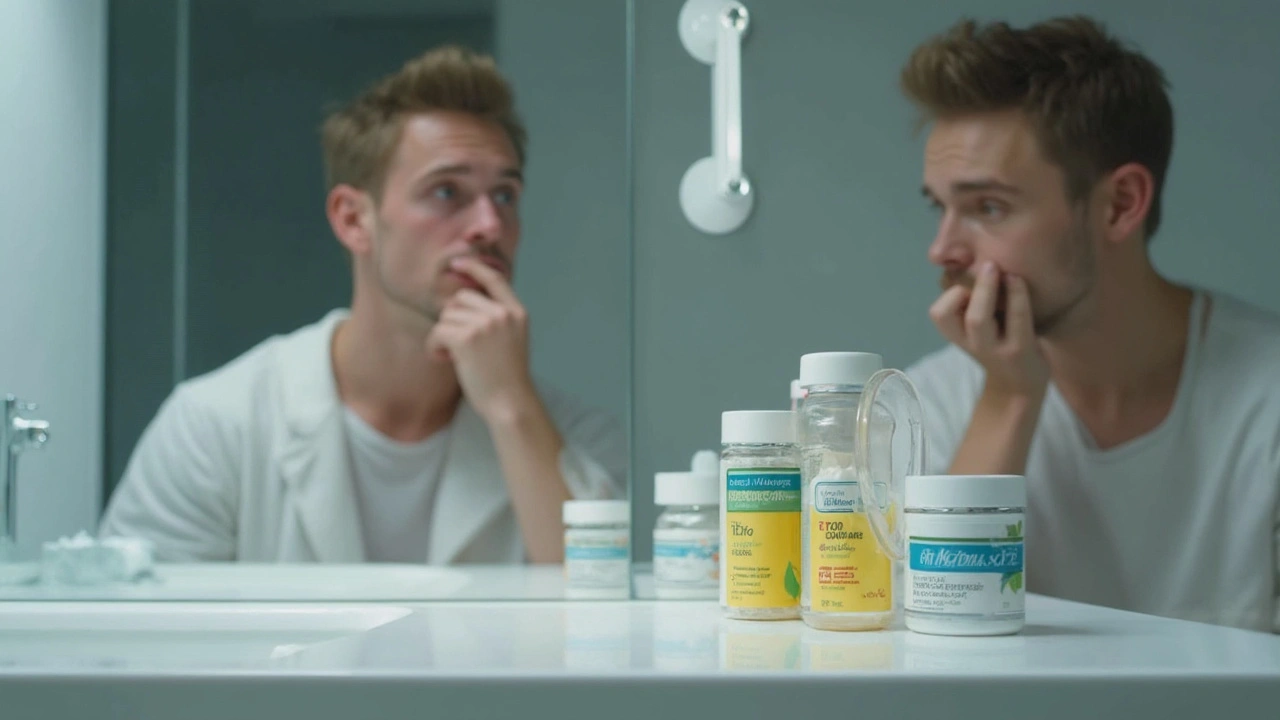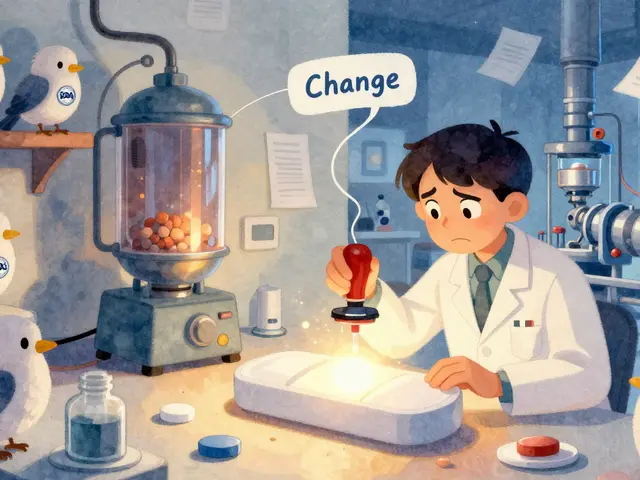
Cold Sore Creams – Quick Relief You Can Trust
If you’ve ever had a cold sore, you know the itch, the pain, and the embarrassment it brings. The good news is that a cream applied at the right time can shrink the sore in just a few days. In this guide we’ll break down what to look for, how to use it correctly, and which products actually work.
How Cold Sore Creams Work
Most cold sore creams contain an antiviral ingredient such as aciclovir or penciclovir. These chemicals stop the herpes virus from multiplying, which slows down the outbreak and reduces swelling. Some formulas also add a numbing agent to ease pain right away. The key is to start the cream as soon as you feel that tingling warning sign – the earlier you act, the better the result.
Choosing the Right Cream
When you shop for a cold sore cream, check the active ingredient list first. Over‑the‑counter options usually have 5% aciclovir, while prescription brands can go up to 10%. If you’re sensitive to ingredients, look for a fragrance‑free or hypoallergenic version. Price matters too – many generic creams cost less than brand names but deliver the same antiviral power.
Another factor is how often you need to apply it. Some products require five applications a day, others only three. Pick a schedule that fits your routine; missing doses can let the virus bounce back. If you have a weak immune system or get cold sores frequently, ask your doctor about a stronger prescription cream.
Applying the cream correctly makes a big difference. Wash your hands before and after each use to avoid spreading the virus. Gently dab a thin layer on the sore – don’t rub it in hard, that can irritate the skin. Let the cream dry for a minute or two before eating or drinking.
Start treatment as soon as you notice the first sign: a tingling, burning, or itching spot. Waiting until the blister forms gives the virus more time to grow, which means a longer healing period. Most people see improvement within 24‑48 hours when they act early.
Avoid common pitfalls like picking at the sore or sharing utensils while it’s active. Those habits can push the infection deeper and increase the chance of scarring. Keep the area clean, use a lip balm with SPF during daylight, and stay hydrated – healthy skin heals faster.
If your cold sore doesn’t start shrinking after three days of consistent cream use, or if it spreads to other parts of your face, you might need a prescription or an oral antiviral. In that case, reach out to a healthcare professional rather than continuing the over‑the‑counter product.
Bottom line: a good cold sore cream can cut down pain and healing time, but success hinges on early use, proper application, and choosing a formula that matches your needs. Keep this guide handy next time the tingling starts – you’ll be ready to stop the sore in its tracks.
-
26 Apr






